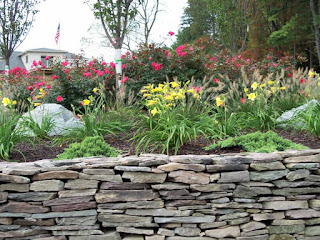Choose a pot of the desired size for planting your bulbs. Although most sizes will work, a 6– to 8–inch pot will give your bulbs enough growing room. If the pot has no drainage hole, place a one-inch drainage layer in the bottom of the pot. Use gravel, stones or perlite. Add sufficient potting mix so the tips of the bulbs will be even with the top of the pot. Arrange the bulbs on top with the pointed ends facing up.
Cover the bulbs with more potting mix to with- in 1/4” of the pot lip. The tips of the bulbs should be visible. Water the bulbs and move the container to a cool area such as a shed or unheated garage, or the refrigerator. The bulbs require 13 weeks at 35–48 degrees Fahrenheit. Water as needed. In a few months, you’ll begin to see signs of growth. At this point, bring the container indoors and water regularly. Place in bright light until flowers show color (3–4 weeks). Once color is visible, move to bright indirect light. Soon you’ll be rewarded with beautiful blooms.
If you’re preparing a container of flowering bulbs to place on your deck or patio, keep the container in a garage or a basement where the temperature stays around 35–40 degrees Fahrenheit. A cold frame can also be used. If kept outside, the bulbs will be subjected to a damaging freeze/thaw cycle. In March you can safely place your container of bulbs in their outdoor location and enjoy the emerging spring color.
 Have your kids help you by collecting as many pine cones and acorns as they can find and fill a bowl or a tall glass vase.
Have your kids help you by collecting as many pine cones and acorns as they can find and fill a bowl or a tall glass vase. On the day of your celebration, look for freshly fallen leaves that still have their beautiful color. For the finishing touch, add a couple tea light candles to illuminate your beautiful centerpieces.
On the day of your celebration, look for freshly fallen leaves that still have their beautiful color. For the finishing touch, add a couple tea light candles to illuminate your beautiful centerpieces.




